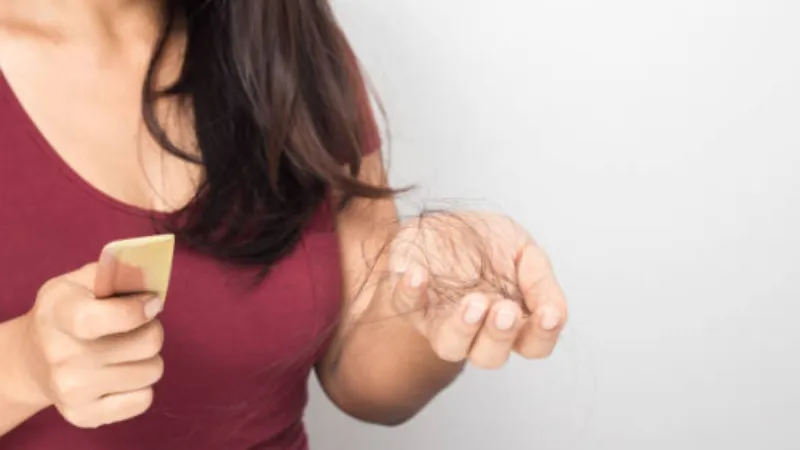
The average person loses 50–100 hairs per day. The fact that new hair is growing in at the same time usually makes this invisible. When newly grown hair fails to replenish the lost hair, hair loss results.
Read More – Global Heart Hub’s Real-Life Data Highlights Need For Patient-Centered Management Of Unhealthy Cholesterol
Five Reasons For Hair Loss
Ancestral Lineage (Heredity)
The most frequent cause of hair loss is an aging-related genetic disorder. Male-pattern baldness, female-pattern baldness, and androgenic alopecia are the names given to this disorder. In men, it typically manifests as receding hairlines and bald spots, whereas in women, it thins out the hair around the crown of the scalp. These patterns are usually gradual.
Read More – Clarivate Introduces Epidemiology Intelligence™ For Precision Patient Population Analysis
Medical Disorders And Hormonal Fluctuations
Permanent or temporary hair loss can result from a number of circumstances, including hormonal changes brought on by pregnancy, childbirth, menopause, and thyroid issues. Medical disorders include ringworm infections on the scalp, trichotillomania (trik-o-til-o-MAY-nee-uh), and alopecia areata (al-o-PEE-she-uh ar-e-A-tuh), an immune system-related ailment that causes patchy hair loss.
Pharmaceuticals And Dietary Supplements
Drugs used to treat cancer, arthritis, depression, heart issues, gout, and high blood pressure can have adverse effects including hair loss.
Head Radiation Treatment
It’s possible that the hair will not regrow in the same way.
An Extremely Tense Situation
Many people notice a generalised thinning of hair a few months following an emotional or physical trauma. This kind of hair loss happens momentarily.
Hairstyles And Techniques
Tight hairstyles like cornrows or bunches, as well as excessive hairstyling, can lead to traction alopecia, a kind of hair loss. Hair loss can also be brought on by permanents and hot-oil hair treatments. Permanent hair loss may result from scarring.


